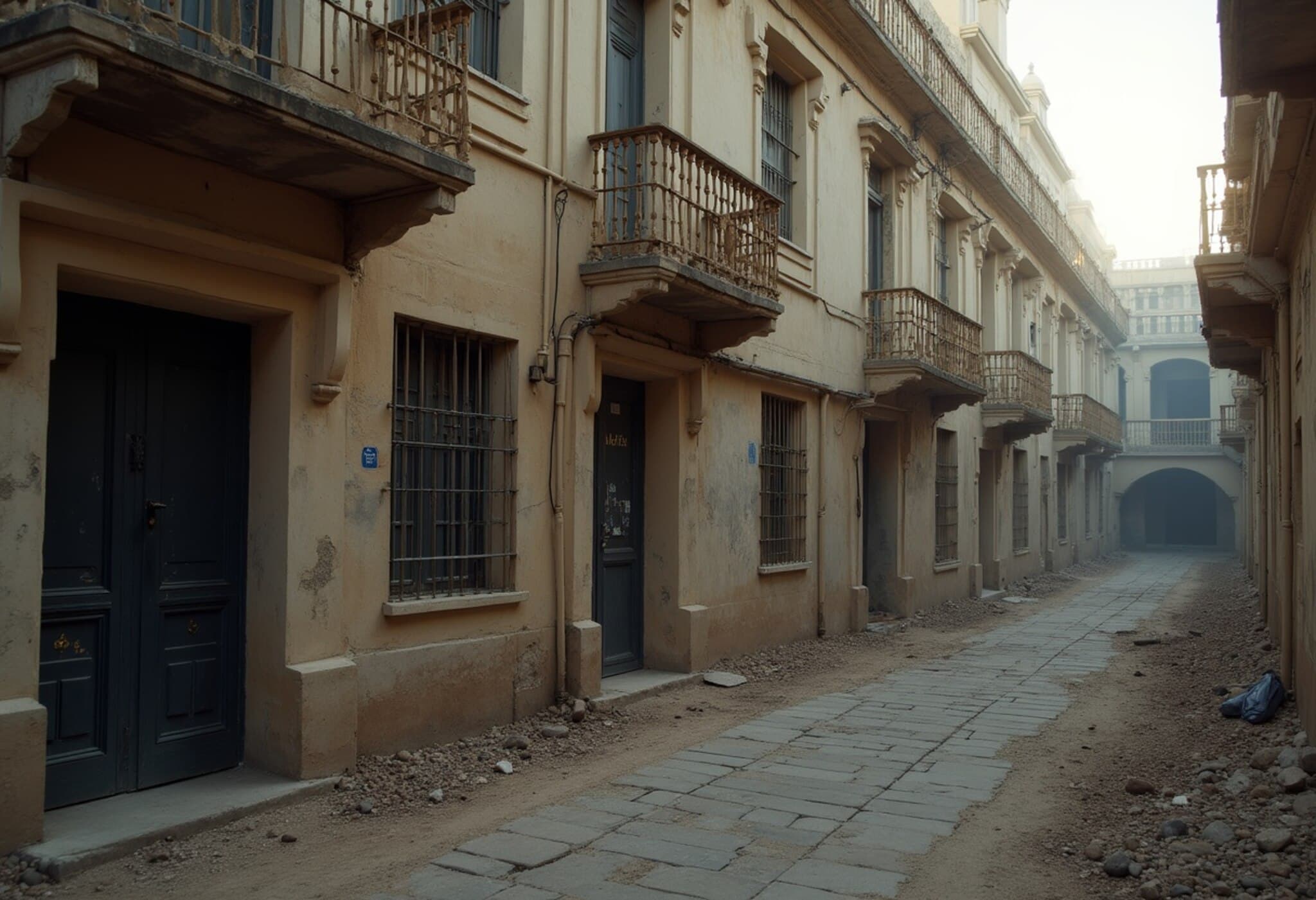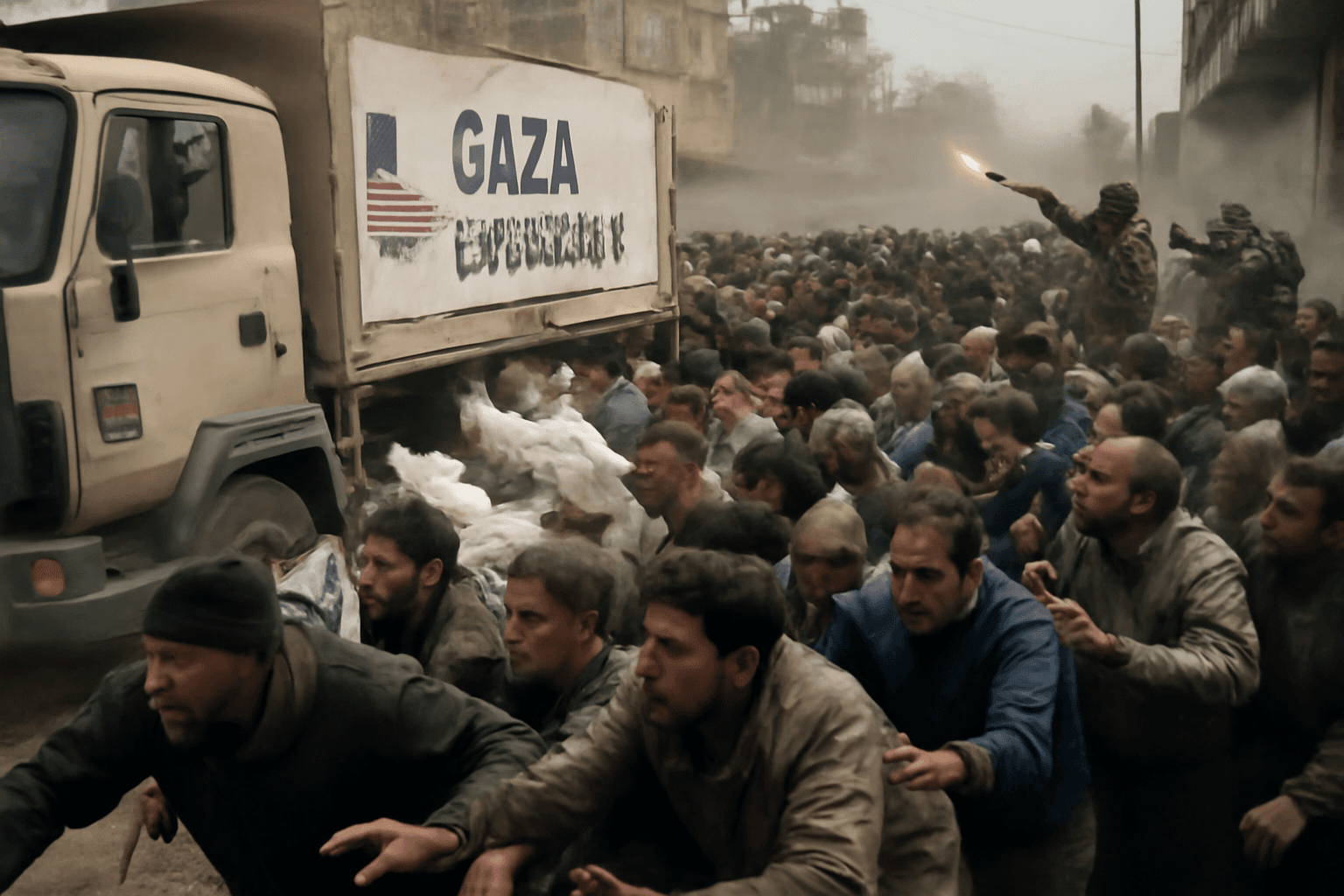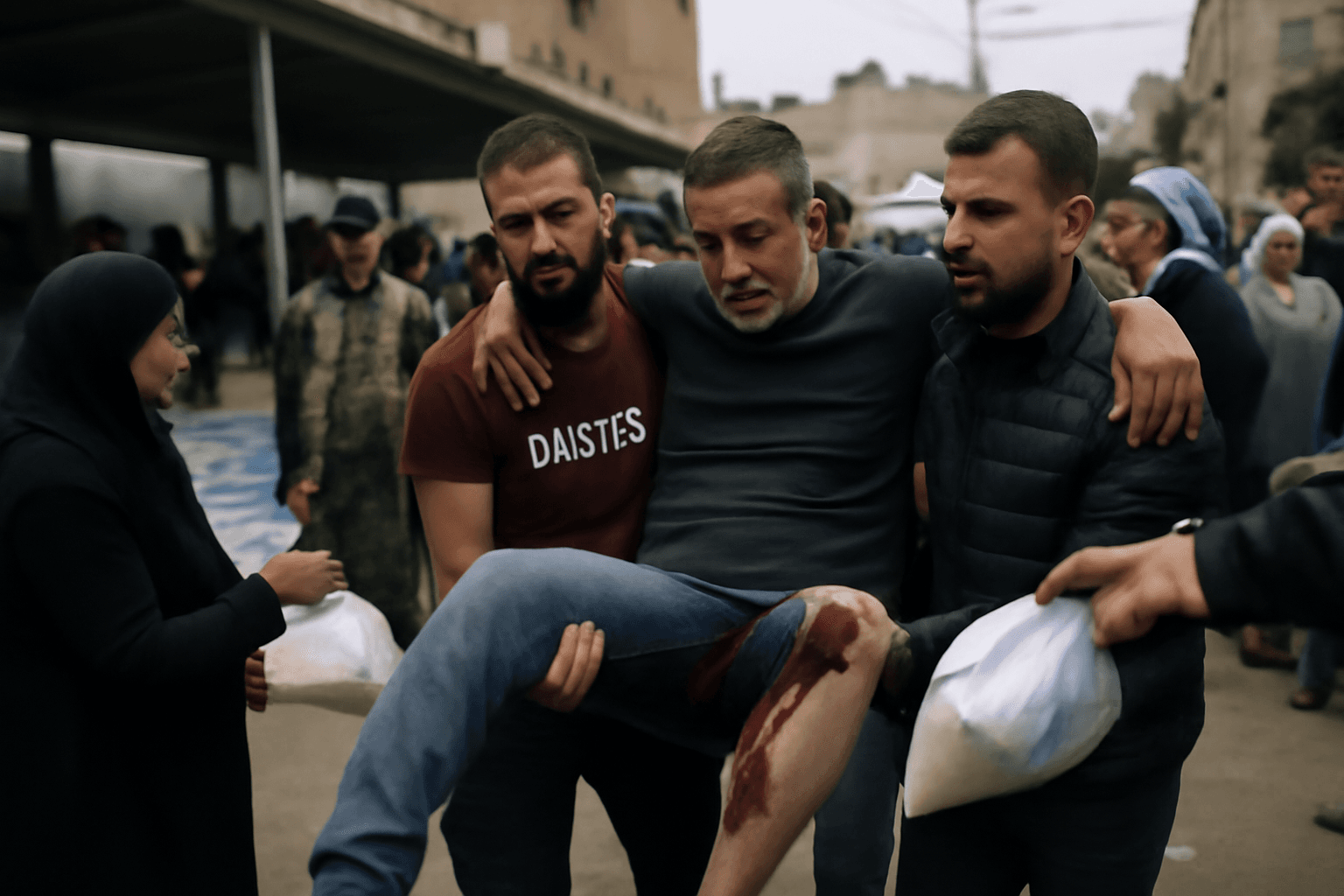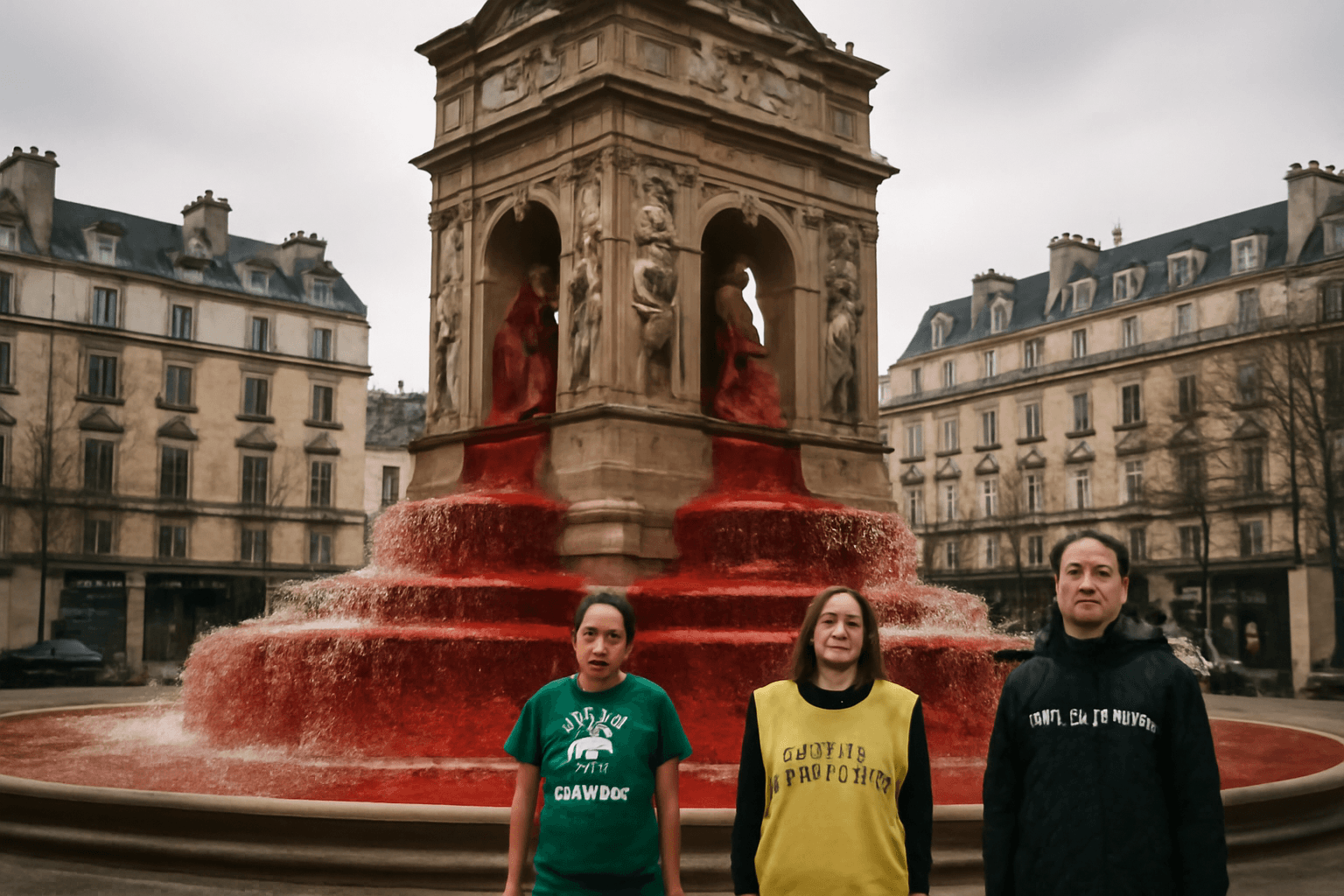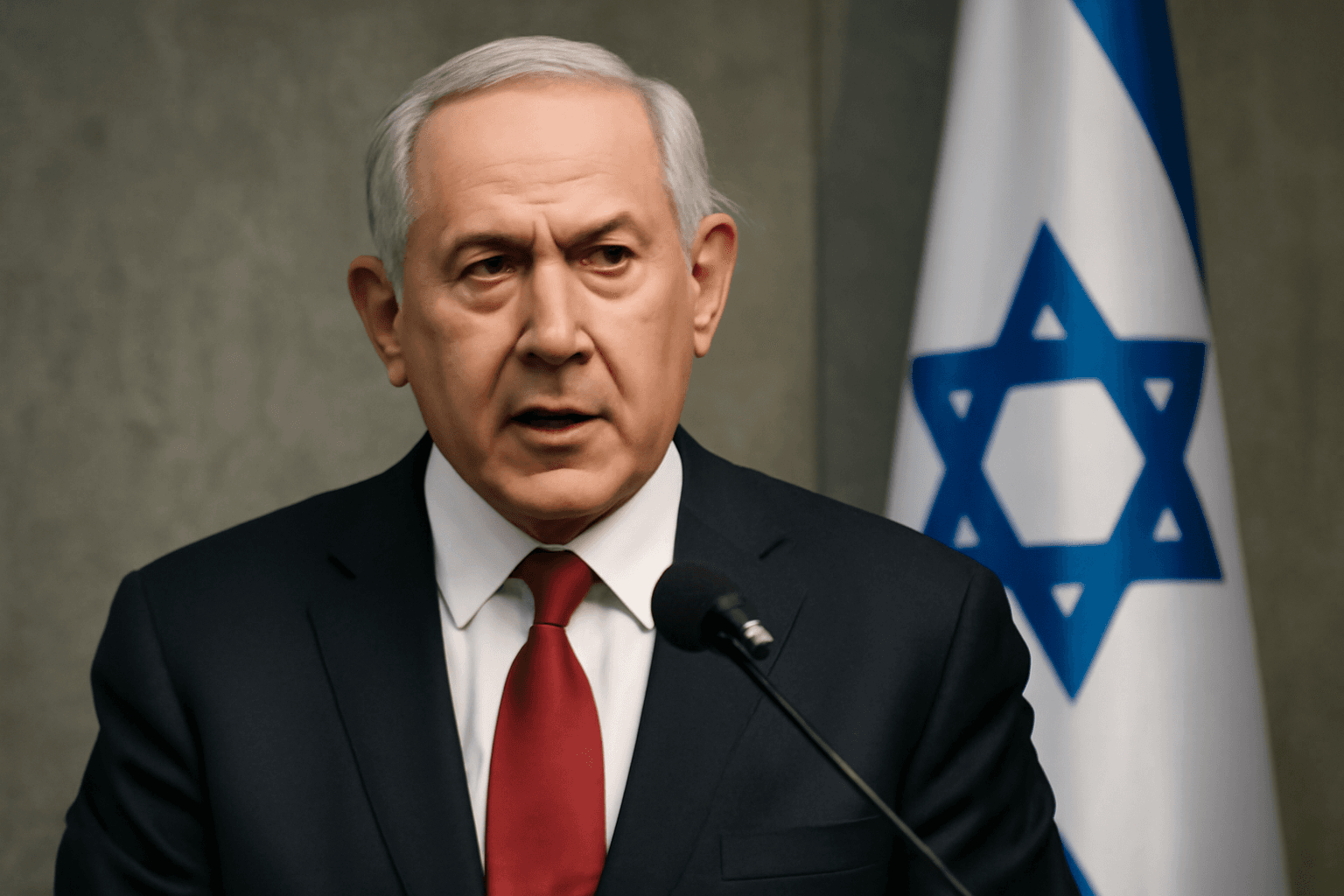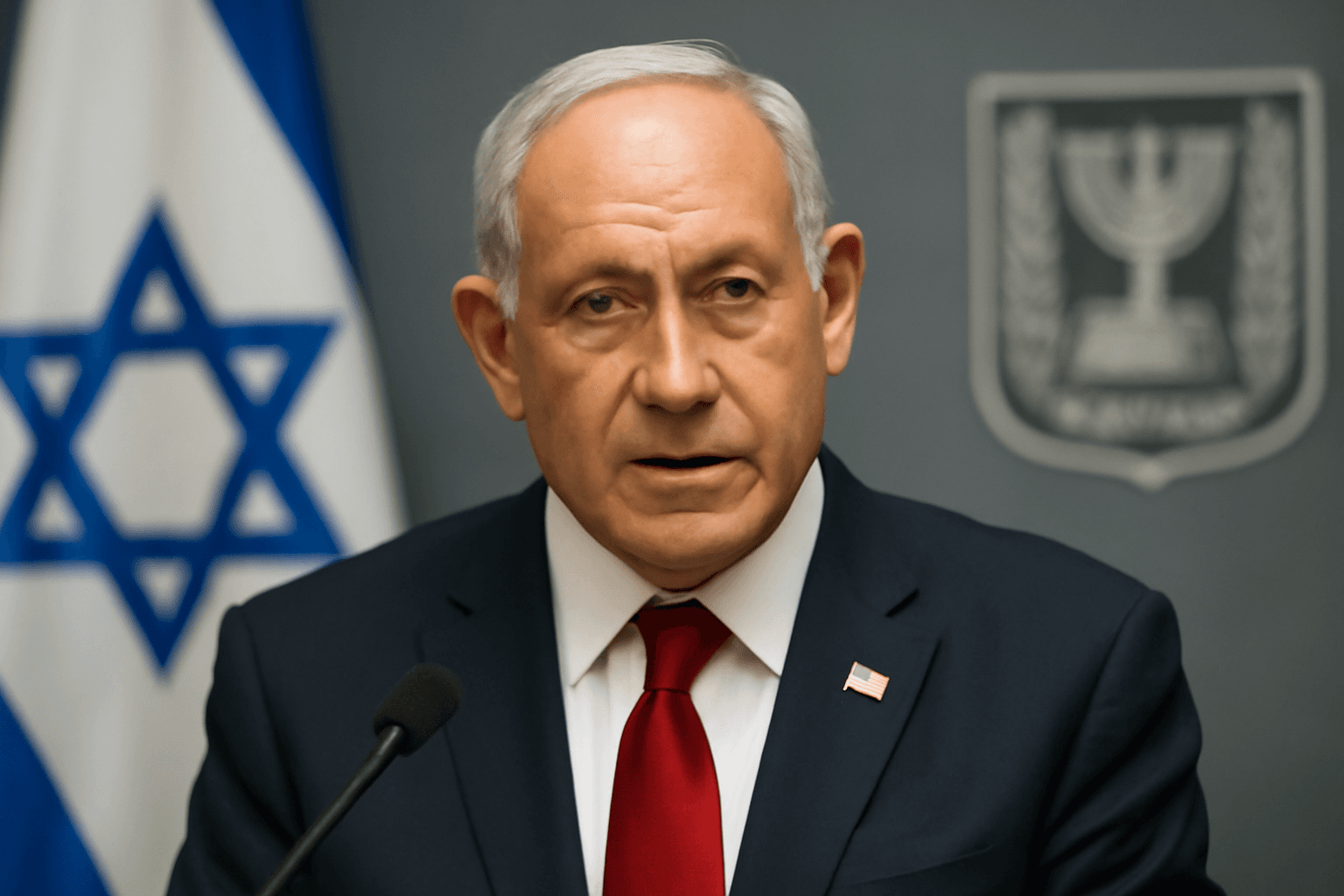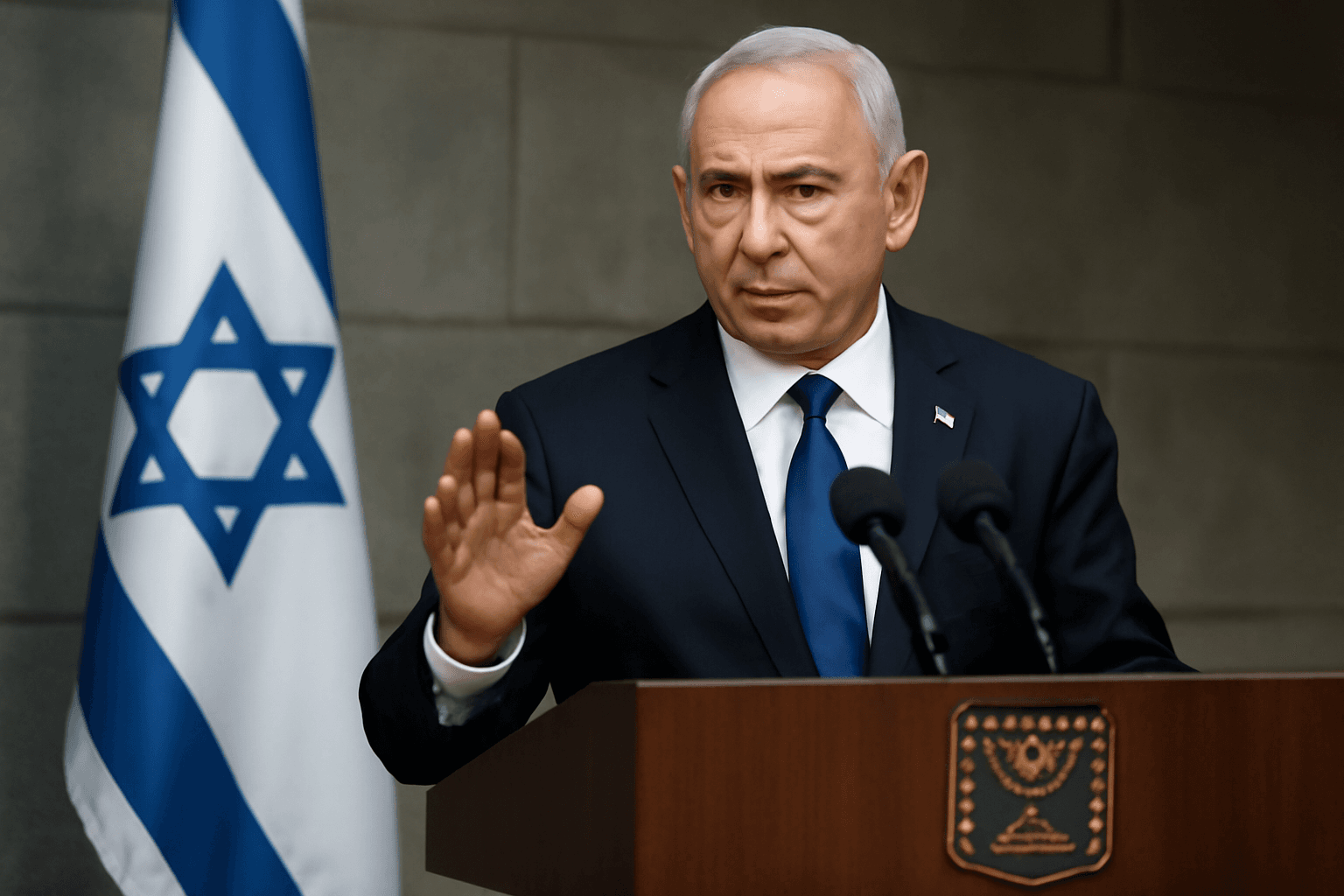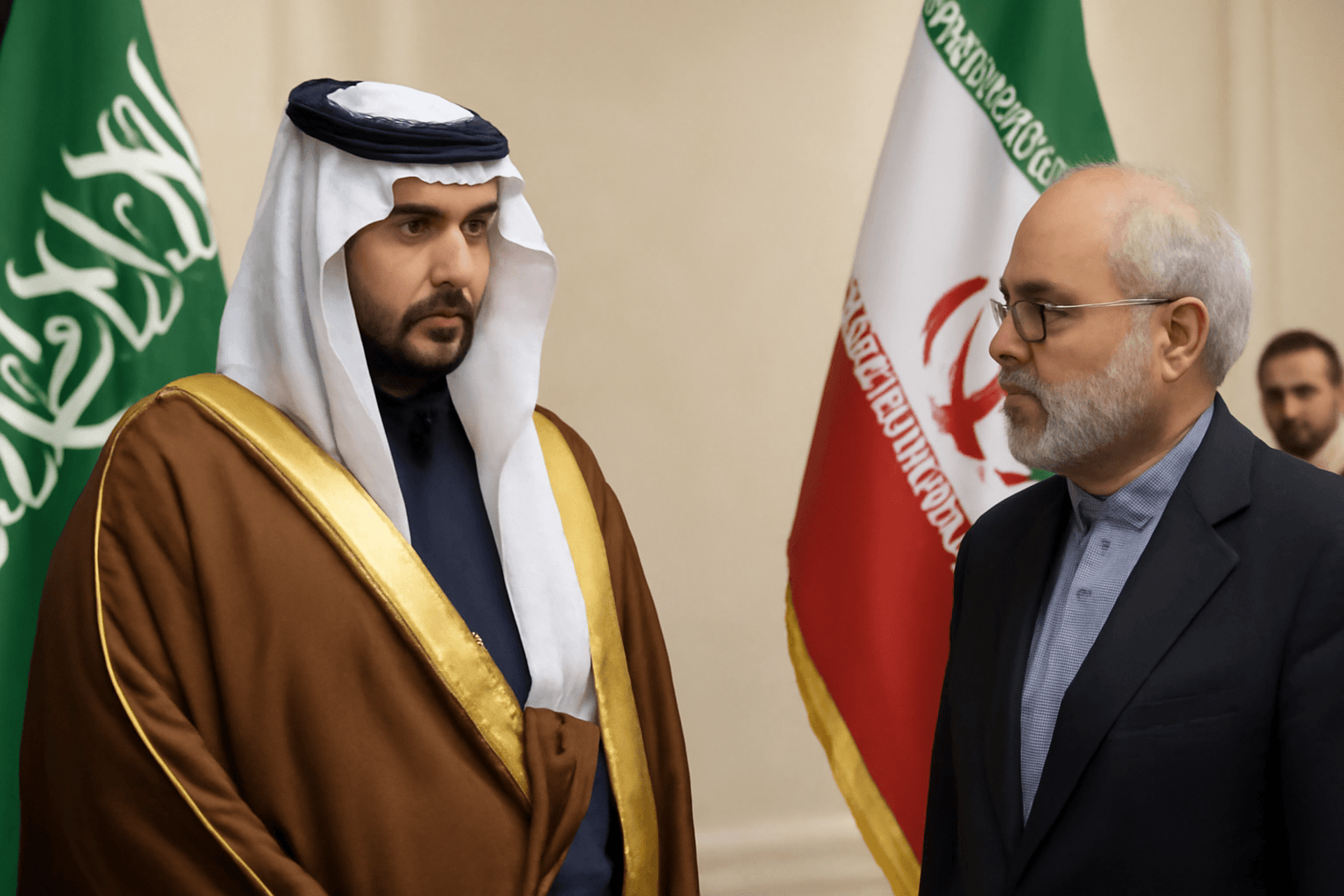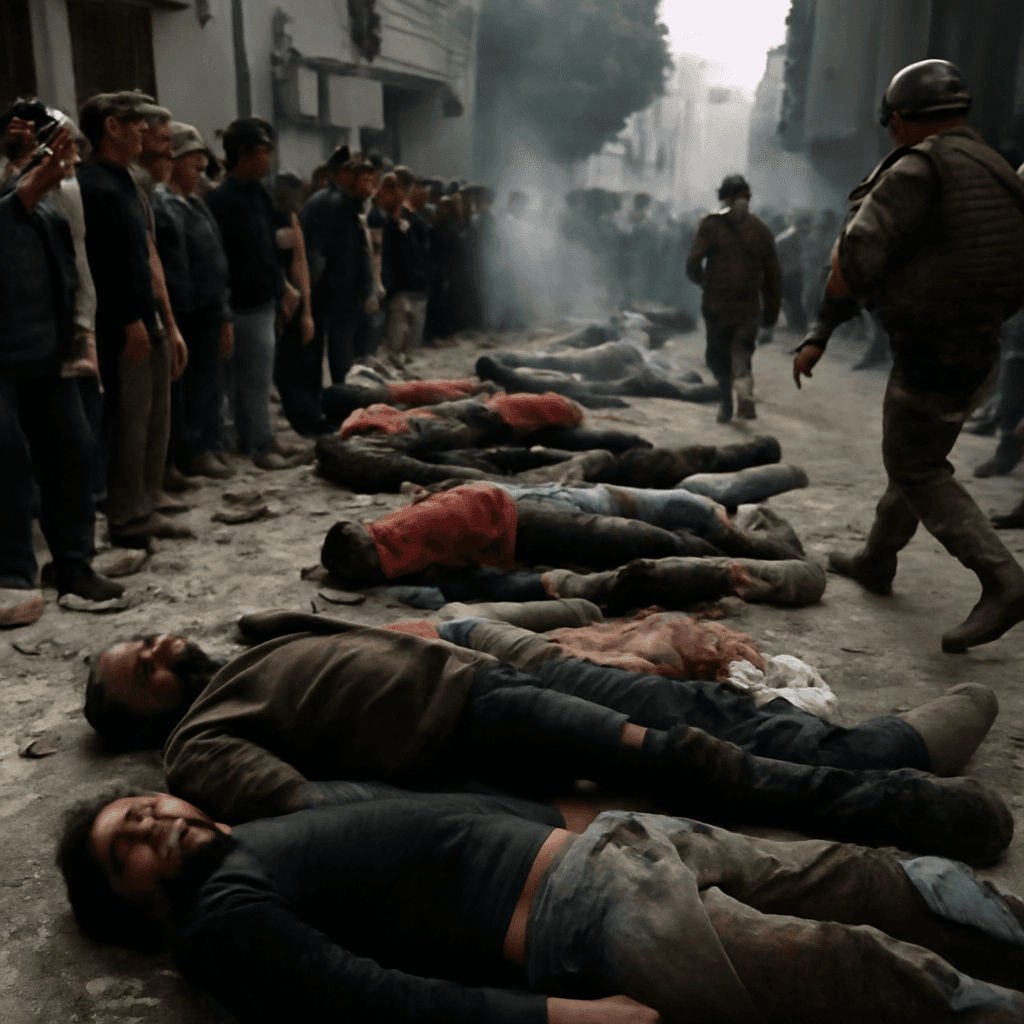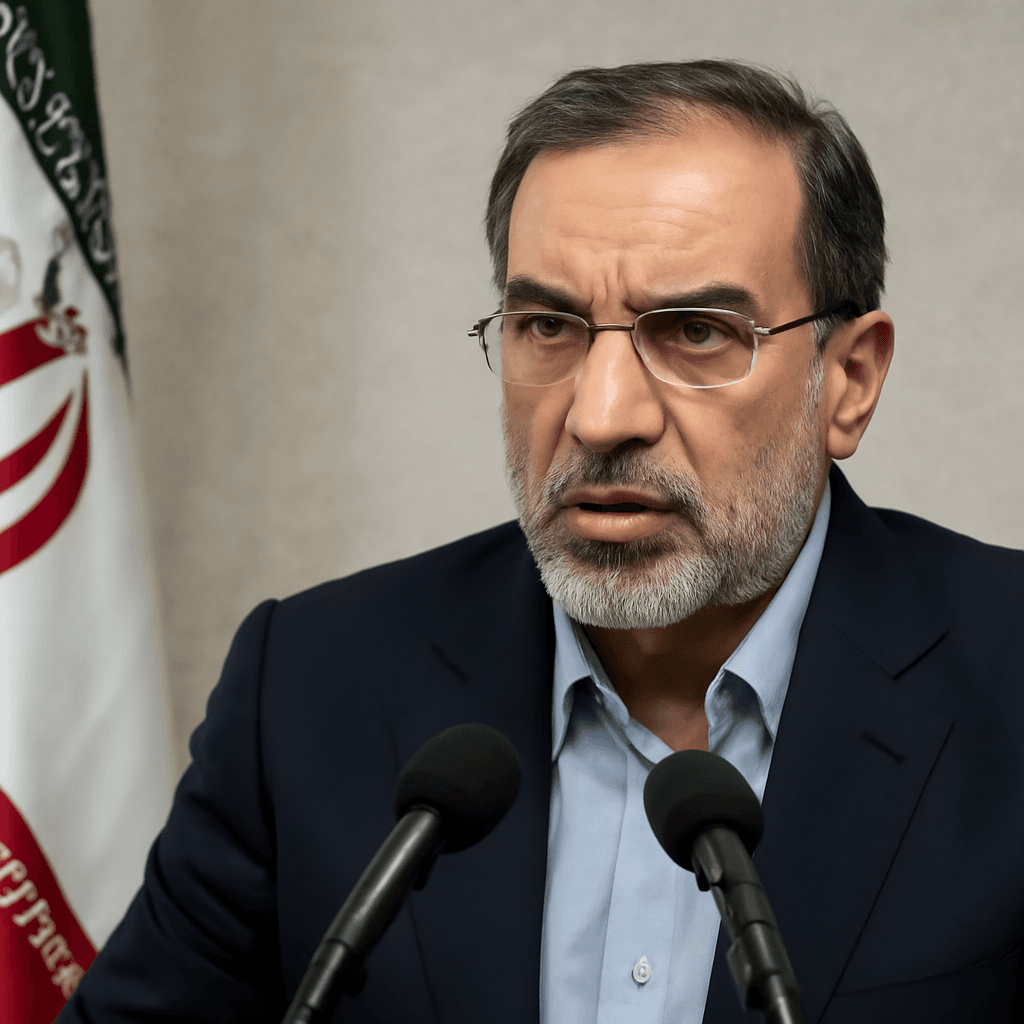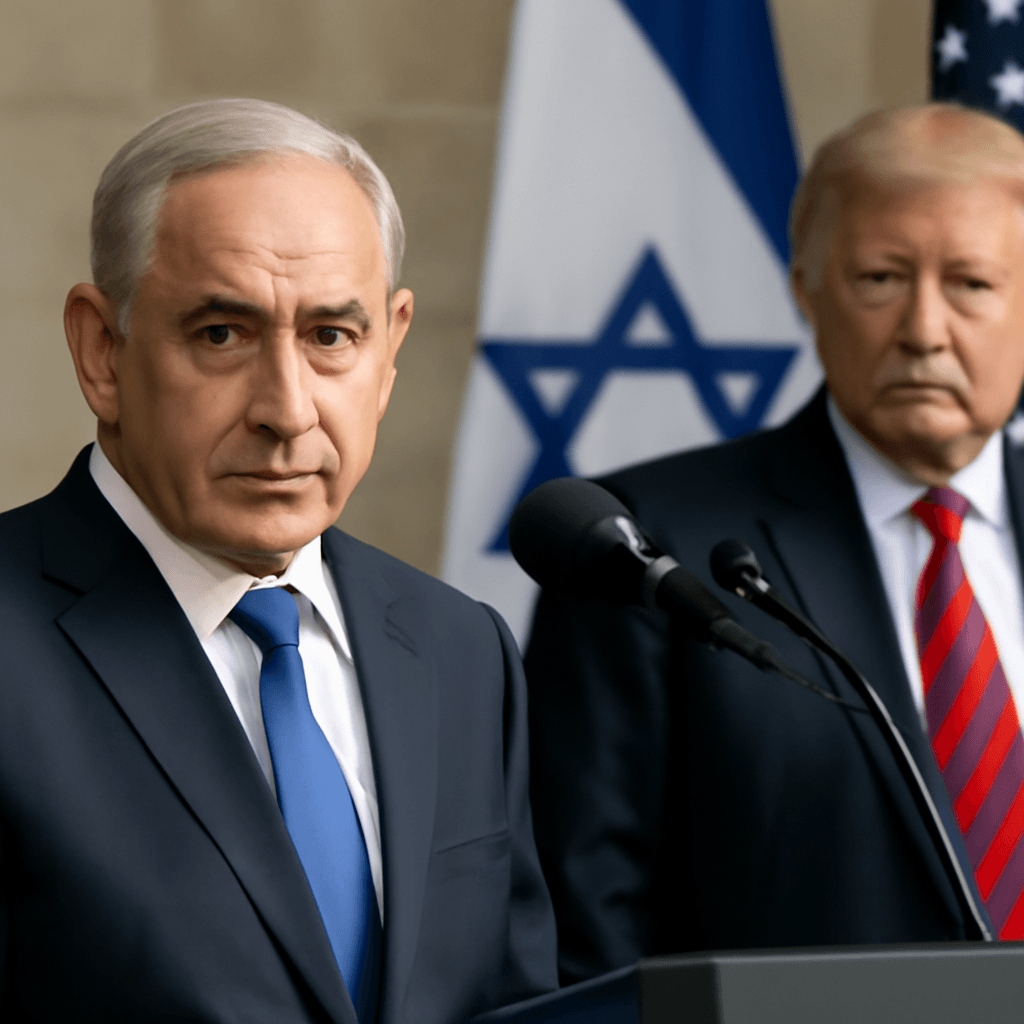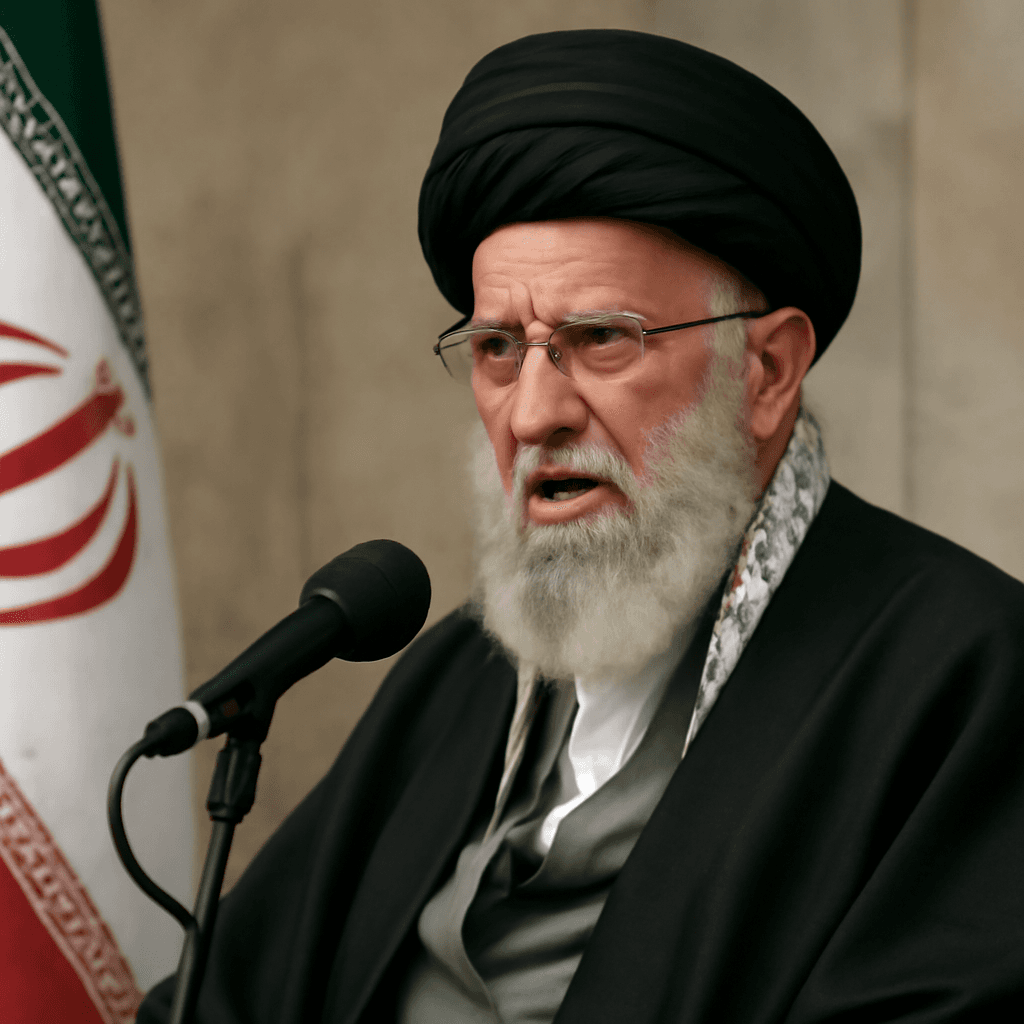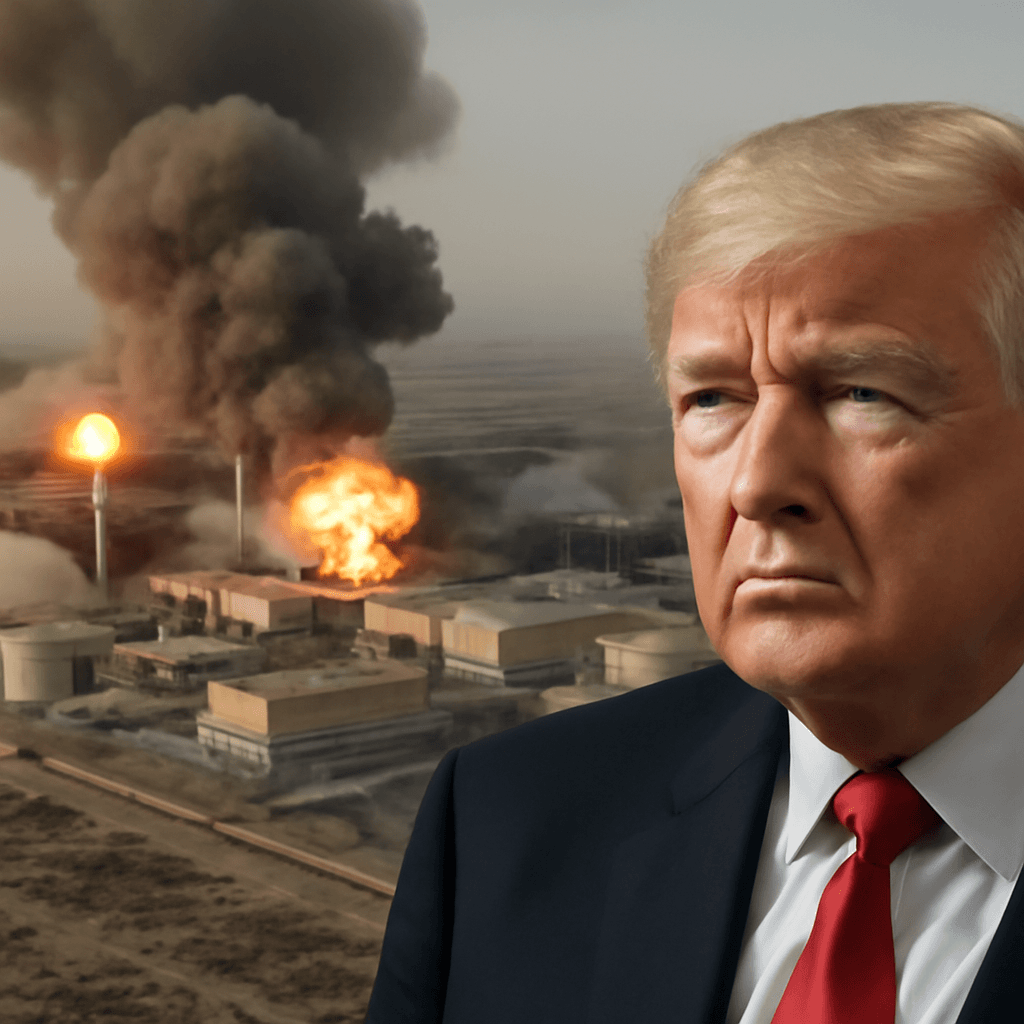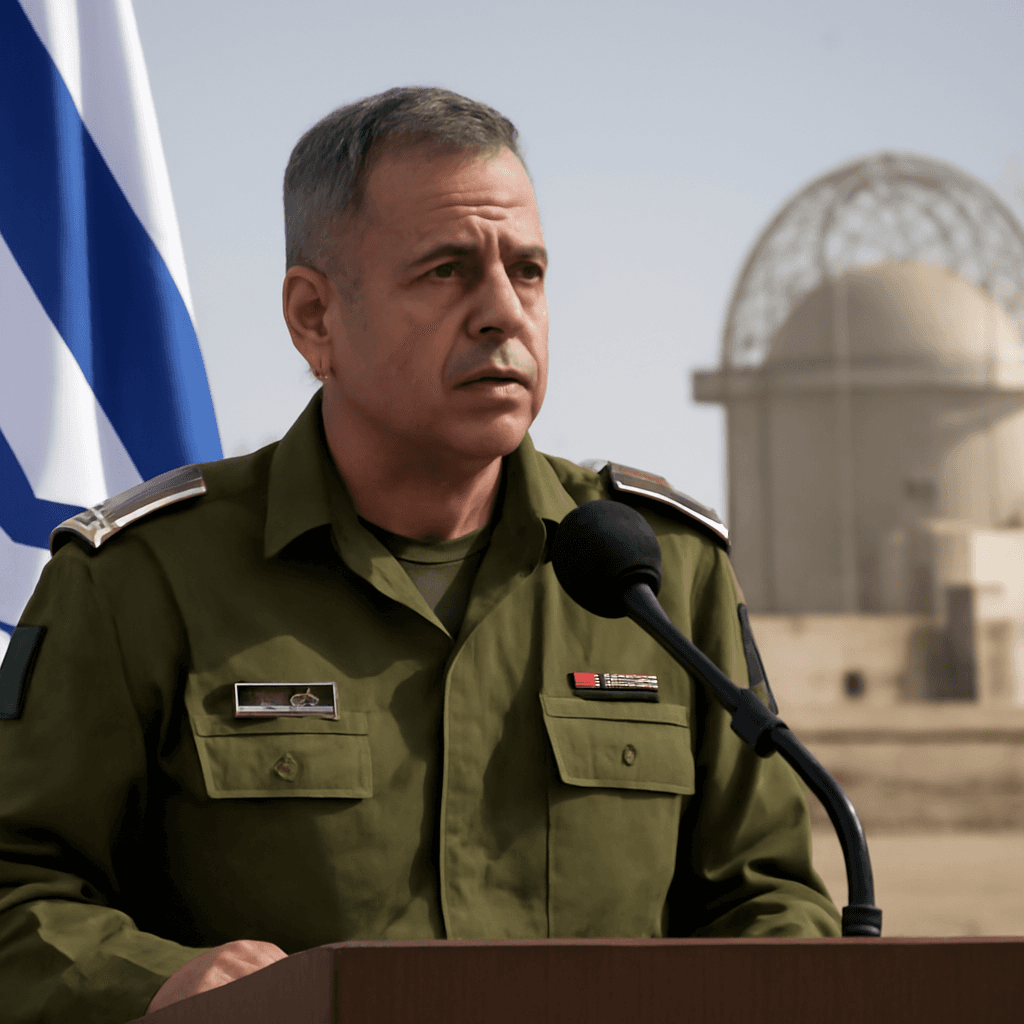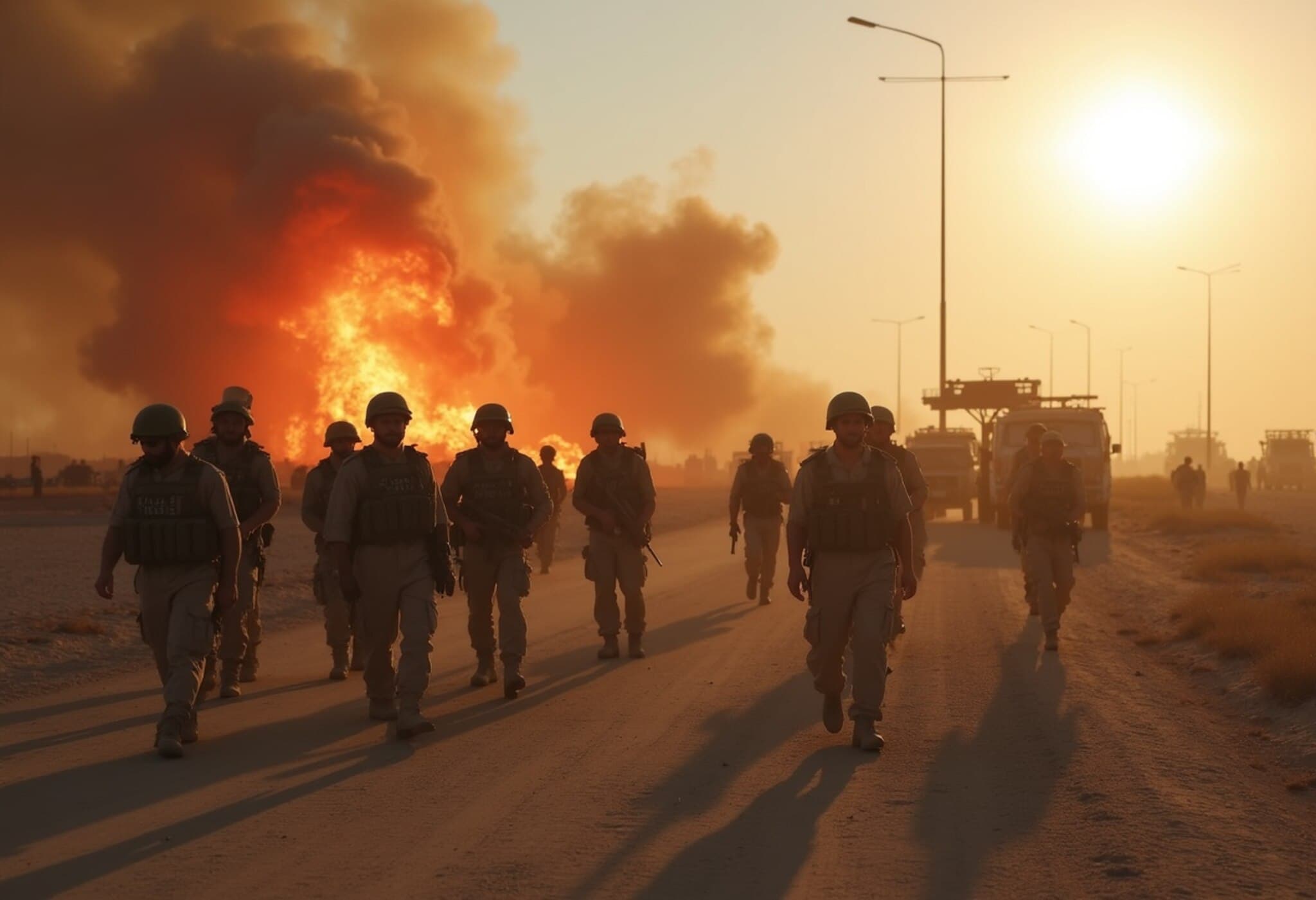Evin Prison: A Symbol of Political Oppression in Tehran
As recent missile exchanges escalated tensions between Israel and Iran, one of the striking targets was Evin Prison, a facility infamous for holding political detainees in Tehran. The attack ignited smoke over the city’s northern hills where the prison stands, drawing attention to its dark legacy.
An Overview of the Attack
During the ongoing conflict, Israeli forces fired missiles that struck parts of Evin Prison, which houses a vast number of political prisoners including activists, lawyers, journalists, environmentalists, and students. While the missiles inflicted damage to sections of the facility, authorities assert that the prison remains fully under control.
The History Behind Evin Prison
Constructed in 1971 under the reign of Shah Mohammad Reza Pahlavi, Evin Prison quickly became notorious as a site for detaining thousands of political prisoners under harsh and brutal conditions. The Shah’s secret police, known as SAVAK, used the facility to imprison, torture, and execute dissenters.
Following the 1979 Iranian Revolution that toppled the monarchy, the newly established Islamic Republic repurposed Evin to detain former regime affiliates and anyone perceived as a threat. Over the decades, the prison’s role expanded, becoming a central point of incarceration for political opponents.
Multiple Authorities and Expanding Facilities
Today, Evin Prison comprises several buildings controlled by different agencies: the National Prisons Office oversees the facility, while separate wings are managed by the judiciary, the Islamic Revolutionary Guard Corps, and the Ministry of Intelligence and Security. This fragmented control underscores its strategic importance in Iran’s security framework.
Conditions Inside Evin Prison
Those detained at Evin describe it as a place fraught with fear and intimidation. Political prisoners endure relentless interrogations—sometimes lasting five to six hours daily—paired with threats of torture, indefinite detention, and harassment of their families.
Authorities have systematically denied detainees access to medical care and visitations from families and lawyers. Human rights observers report that even female inmates, including torture survivors, suffer from neglect of essential healthcare.
Psychological Torture and Solitary Confinement
The use of incommunicado solitary confinement is widespread, employed to erode prisoners’ mental resilience. This psychological form of torture, sometimes called "white torture," involves continuous exposure to artificial light, isolation from other inmates, and deprivation of communication, leading detainees to ultimately break under pressure.
Many are coerced into signing forced confessions or providing information about their political networks. Reports portray a grim environment aimed at crushing resistance through humiliation, deception, and fear.
What Lies Ahead?
The recent missile strike at Evin Prison highlights the volatile situation between Israel and Iran, while also casting a spotlight on the human rights abuses entrenched within this grim institution. As the region remains on edge, the stories emerging from behind prison walls remind the world of the ongoing struggles faced by political prisoners in Iran.

